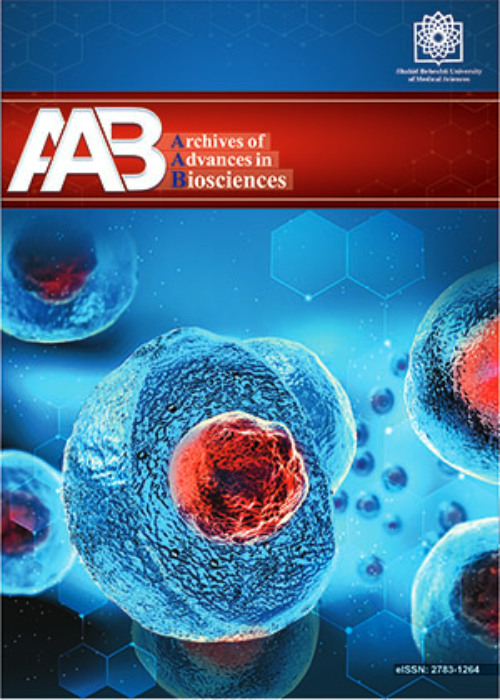Stabilizing and dispersing methods of TiO2 nanoparticles in biological studies
Author(s):
Abstract:
TiO2 nanoparticles (NPs) might be considered as the most important photosensitizer due to high photocatalytic and sonocatalytic efficiency, low toxicity, excellent biocompatibility, low cost and high chemical stability. TiO2-NPs normally tend to aggregate in physiological medium and which results to decreased cell viability and inducing expression of stress-related genes. Thus dispersion and stability of TiO2 NPs should be considered in biological application. This paper deals on various dispersing methods such as ultrasonication, electrostatic, steric electrosteric stabilization that suppress agglomeration and stabilizes the dispersed NPs in aqueous medium.Sonication breaks up agglomerated NPs in a solvent. The results showed that probe sonication performs better than bath sonication in dispersing TiO2 agglomerates, but sonication couldn’t prevent long term aggregation of nanoparticles and in order to form stable dispersions, it is not enough to break nanoparticles apart. Agglomerated NPs can be separated by overcoming the weaker attractive forces by electrostatic, steric or electrosteric interactions. Electrostatic stabilization takes place when charges accumulate at the surface of particles. At values of potential more than 30 mV or less than -30 mV no agglomeration occurs. Ionic strength and pH influence on electrostatic stabilization; when pH is far from the isoelectric point, agglomeration is suppressed. In a sterically stabilized dispersion large molecules such as polymers, surfactants and biomolecules, adsorbed on to the surface of particles suppress re-agglomeration. PEG is a hydrophilic polymer, non-toxic and non-immunogenic, and has favorable pharmacokinetics and tissue distribution. PEGylation of NPs not only prevents agglomeration, but also enhances their biocompatibility and increases the in vivo circulation time.
Keywords:
Language:
English
Published:
Archives of Advances in Biosciences, Volume:6 Issue: 2, Spring 2015
Page:
96
https://magiran.com/p1416148


